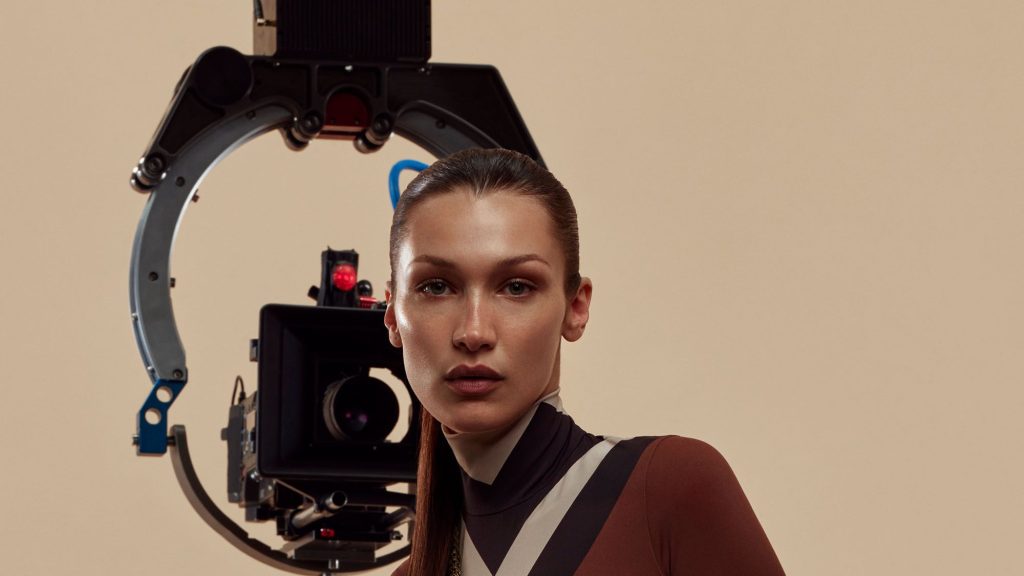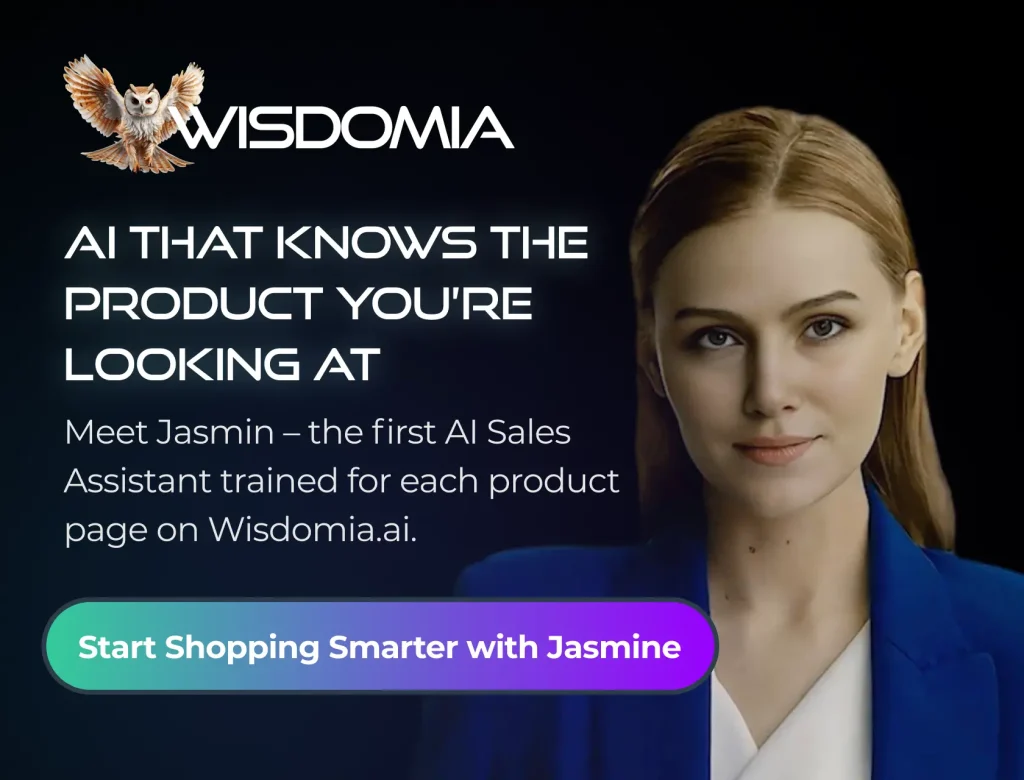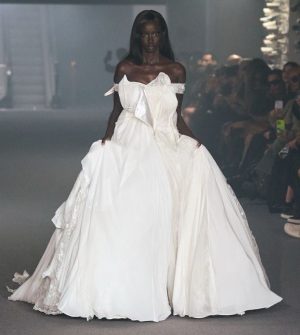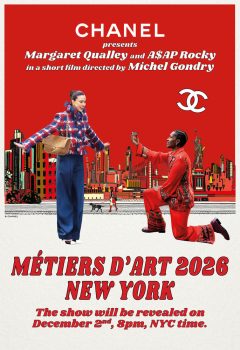Ralph Lauren has an AI-powered assistant; Valentino used a generative text-to-image system to create their ‘Essential’ campaign; while Zalando used digital twins in their advertising campaigns. With AI in fashion projected to grow to $60.57 billion by 2034, fashion brands are integrating AI into their marketing strategies. The aim is to harness AI purposefully to support human creativity and effort.

AI is transforming different aspects of fashion marketing, from personalised styling and content generation to inventory management and dynamic pricing. By leveraging AI tools, fashion brands can enhance customer experience, improve operational efficiency, and stay competitive. From personalised retail experiences to dynamic pricing and creative content generation, AI is driving efficiency and elevating customer engagement. As AI continues to evolve, it promises to unlock new possibilities for marketers, enabling them to deliver tailored and engaging experiences for consumers while optimising their operations. Let’s take a closer look!
Personalised Recommendations By AI-Powered Assistant
Ralph Lauren introduced “Ask Ralph”, an AI-powered styling assistant developed in collaboration with Microsoft, on its Azure OpenAI platform and uses advanced conversational AI technology and natural language processing to understand open-ended prompts, interpret context and provide personalised recommendations similar to the experience of speaking with an in-store stylist. Available to Ralph Lauren app users in the United States, on apple and android, Ask Ralph serves up multiple, shoppable outfits from their inventory, personalised to a user’s prompts.
“AI is transforming the way consumers get inspired, educated and purchase from fashion brands around the world”, explains Shelley Bransten, Corporate Vice President of Global Industry Solutions, Microsoft, in an official statement “We are proud to bring the combination of our trusted generative AI capabilities through Azure OpenAI together with iconic brand Ralph Lauren to pave the way for an entirely new conversational commerce experience.”
Ralph Lauren also continues to invest in AI and other technologies for hyper-personalised marketing, digital experiences, optimising its predictive inventory management and product demand forecasting. “At Ralph Lauren, our focus is always on the consumer. We harness innovative technologies to create an elevated, personalized experience that draws customers into Ralph’s iconic world at every interaction. The launch of “Ask Ralph” is a continuation of that commitment”, says Naveen Seshadri, Chief Digital Officer, Ralph Lauren.
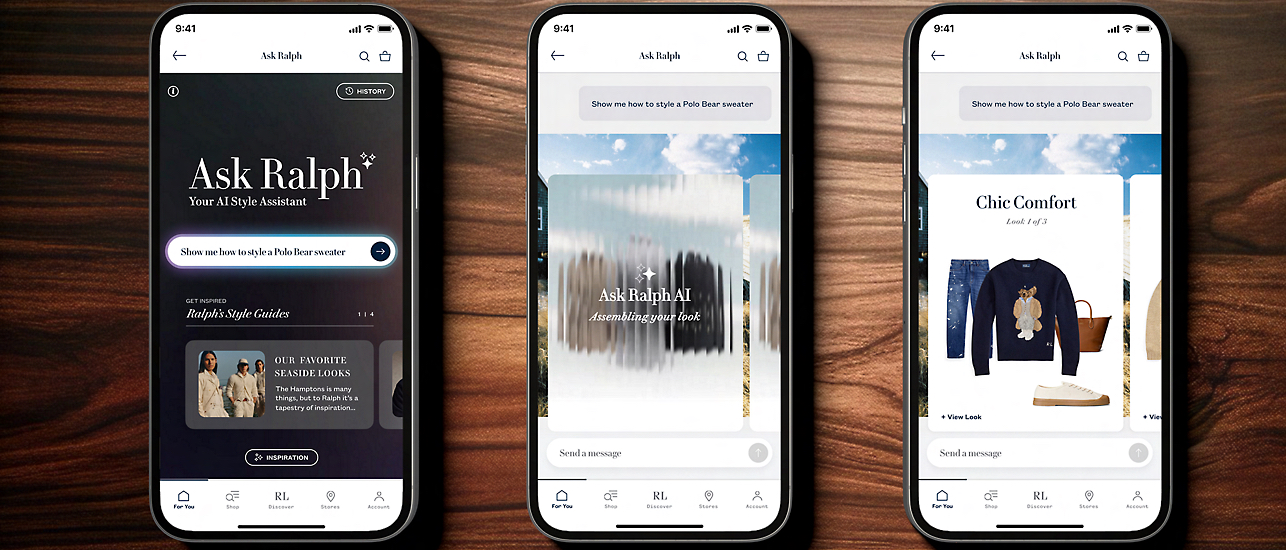
Another company using AI in their operations is luxury membership platform Vivrelle that enables customers to rent or purchase luxury fashion. Vivrelle recently raised $62 million in Series C funding, supporting its AI initiatives. The company launched AI personal styling tool, Ella, in collaboration with Revolve and Fwrd. When people tell Ella what they’re shopping for, it scans the three retailers to curate a selection of products.
For example, if someone asks Ella—”Help me pack for a trip to Miami”—it suggests rental, resale, and retail items from Vivrelle, Revolve, and Fwrd. Shoppers can then checkout in a single Vivrelle cart. The launch of Ella reflects a broader industry movement toward AI‑driven personalisation, with fashion brands seeking to integrate sophisticated AI-driven recommendation engines into the retail experience.
In August 2025, Muge Erdirik Dogan, Nike Executive Vice President and Chief Technology Officer, introduced NikeAI Beta, a new feature for iOS Nike App users in the U.S. This AI-powered experience aims to improve the app’s search and personalised recommendations, helping users find products that align with their needs. NikeAI can handle specific requests like running shoes for races, team gear, or items in preferred colours and sizes, even those not available in standard filters. Dogan highlighted that NikeAI uses advanced models fine-tuned by Nike experts, providing an intuitive experience tailored to real-life needs.
AI-Driven Creative Content And Digital Twins
Swedish fashion retailer H&M is using digital twins of fashion models in their marketing campaigns and social media posts, with the models’ consent. The models themselves will own the rights to their twins, according to the company. Jörgen Andersson, Chief Creative Officer of H&M, shared a post on LinkedIn about the decision to use AI to replicate fashion models: ‘Creativity and being radically curious have always defined who we are at H&M. Now, we’re exploring new territory – generative AI – and discovering how technology can unlock new ways to showcase our design in innovative ways, while still staying humble to our human-centric approach.”
After H&M, European fashion e-retailer Zalando is using AI-generated digital twins of models in collaboration with a modelling agency. The AI-generated three-dimensional replicas enable Zalando to feature a model in a campaign and in the app’s product pages, without needing to take hundreds of photographs. Around 70 percent of Zalando’s editorial campaign images were AI-generated end-2024. These AI-generated images illustrate Zalando’s recap of the year’s biggest trends, including “brat summer” and “mob wife”.
AI-Generated Content And Images
Fashion brands are integrating AI-generated content into their creative operations to improve efficiency and personalisation. For instance, Valentino utilised a generative text-to-image system to create their ‘Essential’ campaign. Similarly, Coach employed Adobe Firefly’s custom generative AI model to produce digital twins of their products. OpenAI released ChatGPT 4.0’s new image generator, which can create pictures in popular animation styles, like Pixar or Japanese animation company Studio Ghibli. That same day, H&M shared images featuring its first AI-generated versions of models including Vilma Sjöberg.
Data Driven Approach To Inventory
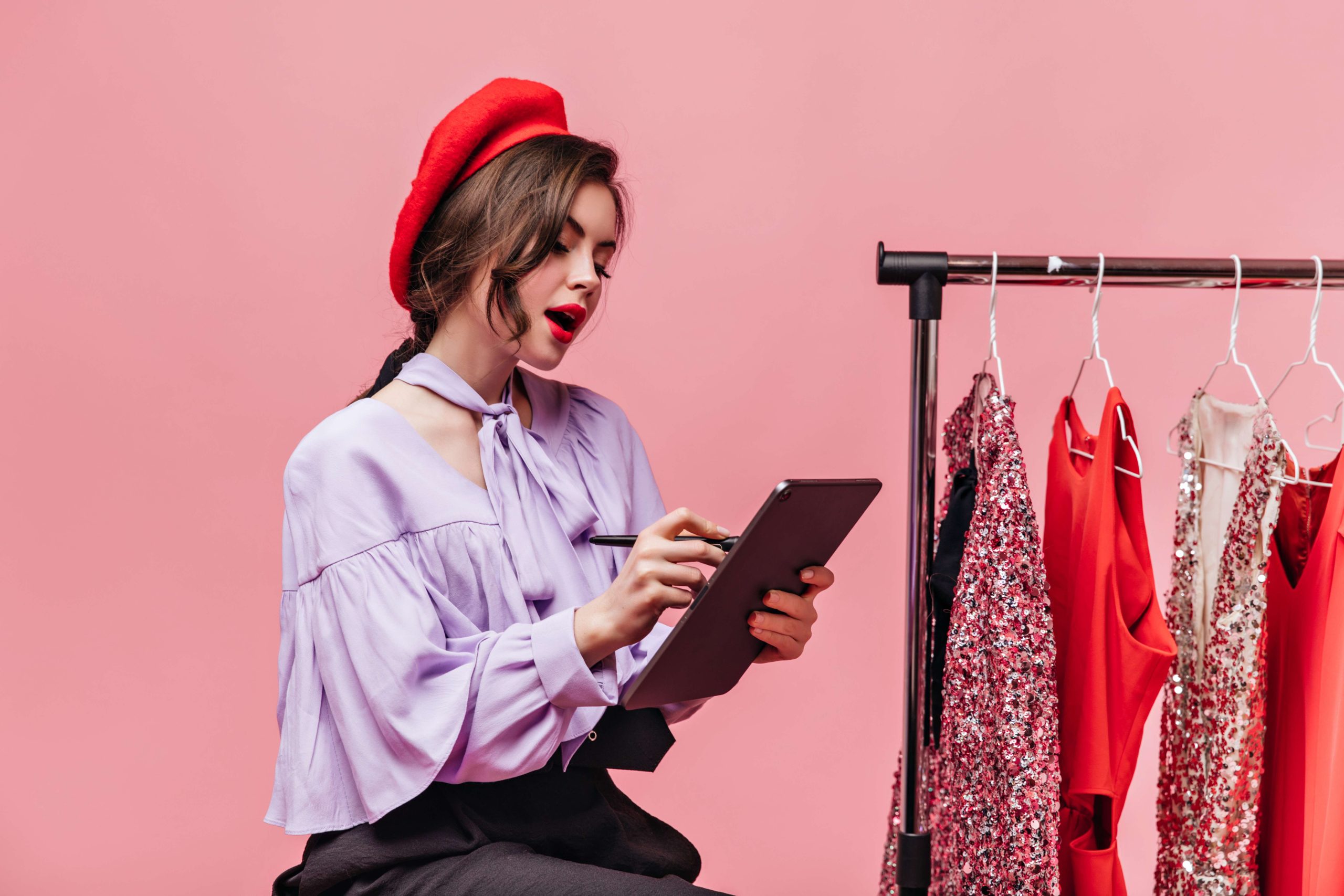
Zara utilises artificial intelligence to analyze social media and sales data, a strategy that helps the company forecast fashion trends and manage inventory with speed and accuracy. This data-driven approach is a key part of Zara’s “fast-fashion” model, which enables the retailer to stay ahead of its competitors. Zara’s AI capabilities include geographic and cultural trend analysis that enables precise market customisation.
The system identifies regional preferences, cultural influences, and local fashion trends that affect product performance in specific markets and customer segments. This localised intelligence allows Zara to optimise products for diverse global markets; AI analysis determines which global trends will appeal to specific regions and which local preferences require customised product development, subsequently maximising sales performance in each market.
H&M is also using AI to predict trends. Linda Leopold, Head of Responsible AI & Data at H&M Group, explains on the company website: “We believe that AI will be an essential tool for the company to reach our vision of achieving a climate positive value chain by 2040. With the help of AI-driven demand prediction, we can optimize our supply chain to make sure that we produce the right products for our customers, to the right store, at the right time”.
AR Try-On Campaigns
To create awareness and excitement around the launch of their new sneaker collection, Gucci partnered with Snapchat to launch the first global augmented reality shoe try-on campaign on the platform. Leveraging the power of Snap AR platform and SnapML feature in Lens Studio, Gucci offered Snapchatters a realistic try-on experience for four different pairs of sneakers! Snapchatters could then go straight to the product page and purchase the pair of shoes, thanks to a dedicated ‘Shop Now’ button located inside the Lens. This AR try-on experience was a massive success; it caught Snap-chatter attention and kept them engaged, which translated into sales! Snapchatters were purchasing products from the app!
Prada launched a virtual try-on feature in collaboration with Snapchat. This innovative use of AR allows users to try on Prada shoes and accessories through the Snapchat app. With just a few taps, Snapchat users can see how different items from Prada’s latest collection look on them in real-time, making the retail experience interactive and personalised. The integration of AR bridges the gap between digital and in-store, allowing customers to virtually “try before they buy” and create an immersive retail experience. This initiative is not just about playing dress-up; it presents the Prada Group with an opportunity to build an aspirational, interactive experience for a young demographic.

“Snapchatters love expressing themselves with Bitmoji fashion, whether they’re trying out the latest trends, unlocking new styles from their favorite brands or dressing their mini-me in a classic fit they know and love,” Snap announced. Historical data shows that new or expanded fashion collaborations drive increased engagement with Bitmoji. Snap-chatters often return to the social platform to update their avatars when new looks become available, subsequently establishing cyclical engagement patterns that align with seasonal fashion calendars.
AI for Dynamic Pricing and Customer Segmentation
Debenhams Group – home to brands including PrettyLittleThing, Boohoo, BoohooMAN, Karen Millen, and Debenhams – has implemented AI at scale to optimise product pricing and promotions. This shift marks a significant departure from traditional manual pricing methods, enabling real-time, data-driven adjustments across their product portfolio. The Group has partnered with Peak, the AI platform from UiPath, to roll out intelligent automation across its portfolio. The system enables real-time, automated pricing for thousands of SKUs, replacing manual processes with faster, precise and data-driven decision-making.
“With this technology, we’ve fundamentally changed how we approach pricing”, said Dan Finley, CEO of Debenhams Group. “AI gives us the ability to make smarter decisions at speed, ensuring our promotions deliver the best value for our growing customer base and driving both business performance as well as the customer experience.”
Fashion retailer Revolve utilizes AI to enhance product discovery by personalising recommendations based on customers’ browsing and purchasing behaviour. The company has also partnered with Zelig to introduce an AI-powered “Build A Look” feature, which allows customers to mix and match items from different brands, leading to increased sales and reduced returns. Another key feature of the new technology is a “digital closet” which shoppers maintain on the Revolve site to house items purchased, being considered. The digital closet generates data on purchases and preferences, creating a profile of the shopper’s style and preferences, leading to improved personalisation and product recommendations.
AI-led performance marketing and on-site search functionalities
By embracing AI in its performance marketing, Lululemon showcases how data-driven strategies leads to efficient customer acquisition and marketing effectiveness. The activewear brand advanced its performance marketing by integrating AI-driven strategies through Google’s Performance Max campaigns. This leverages machine learning to optimise ad targeting and bidding across Google platforms, from a single campaign. Lululemon tailored ads to different customer segments—new, undecided, and returning customers and has also implemented the “measurement trifecta.” This includes Marketing Mix Modeling to analyze the impact of marketing activities on sales over time, real-time experiments to test and refine strategies, and advanced attribution models to identify effective touchpoints in the customer journey.
AR Shopping Tools
Burberry partnered with Google to launch an Augmented Reality (AR) shopping tool through Google Search technology. This tool allows users on their smartphones to see a true-to-scale AR version of select Burberry products, such as handbags and shoes, overlaid on real-life backgrounds and lets customers visualise the product’s size, details, and how it would look with their own outfits before purchasing it. This initiative is part of Burberry’s efforts to integrate digital innovation into luxury retail, enhancing personalised shopping experiences through technology.
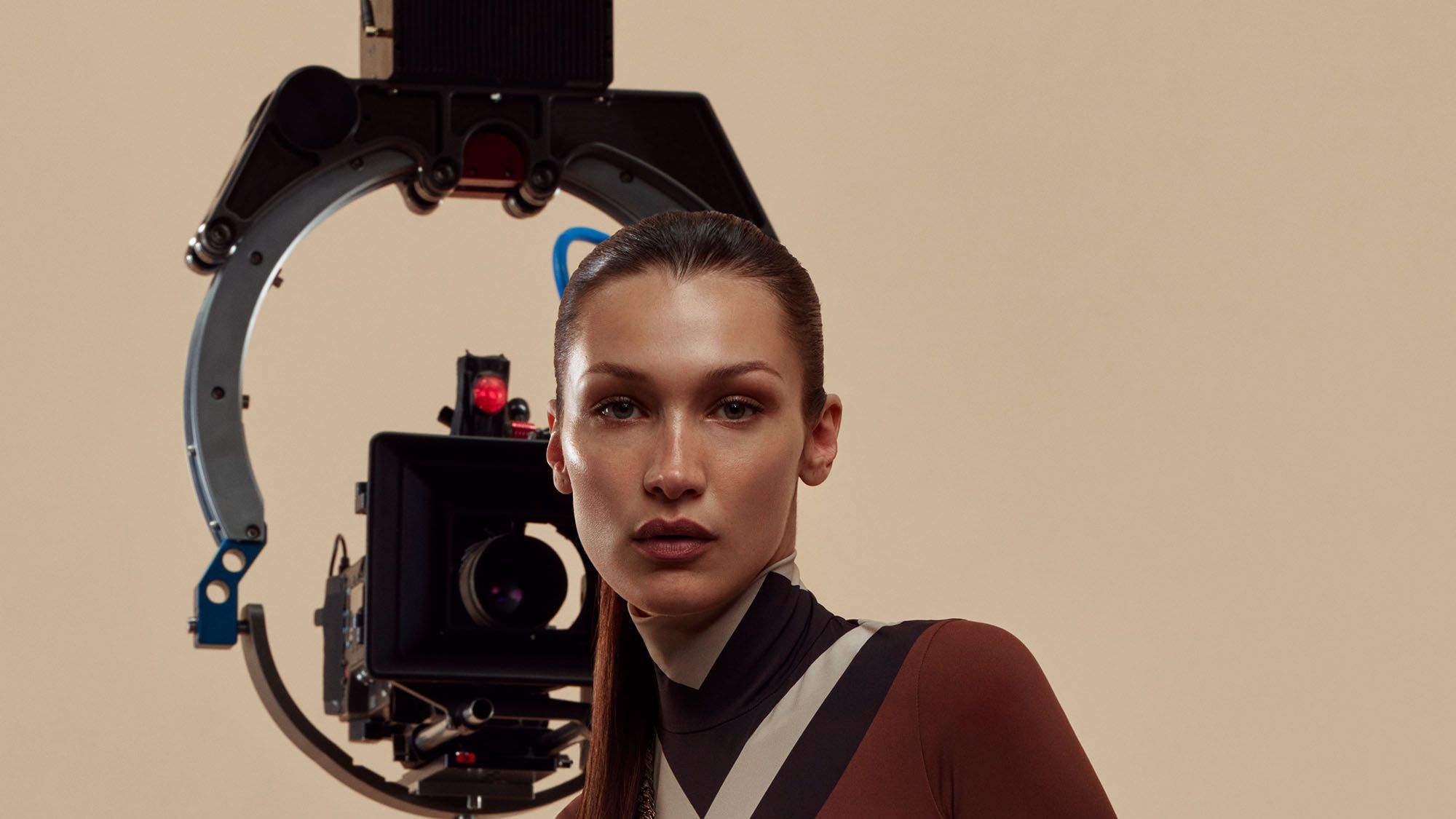
Burberry’s AR initiatives
AI-Powered Concept Store
The FashionAI concept store by Alibaba in collaboration with Guess has smart racks, smart mirrors and next-generation fitting rooms. Alibaba FashionAI offers mix-and-match apparel and accessory suggestions for customers from the Guess line. “As technology changes how we interact, it also affects how we shop. As our customers evolve, it is critical that we evolve with them” said Victor Herrero, CEO of Guess. “Our strong and long-lasting partnership with global technology leader Alibaba puts us ahead of the market in our industry. Together, we are able to innovate in real time.”
Behind-the-Scenes Toolkit
AI presents plenty of opportunities for marketers to simplify the work-streams and automate rote tasks. Data analysis and insights are a core marketing area that previously required hours of manual labour, but can now take just a few minutes when supported by AI. The technology can quickly analyse large amounts of data, such as customer feedback, to piece together trends that employees can then assess. Anthropologie’s team, which uses Jasper to improve SEO, initially spent 20 percent of its time automating keyword optimization and 80 percent of its time fine-tuning the language so the platform could improve its understanding of the brand tone. Since implementation, the numbers have increased to 60 percent automation and 40 percent validation. The retailer is currently trialling other AI-enabled platforms, including one meant to drive operational efficiencies in its reporting, analytics and planning.
Quick tips to integrate AI into your brand’s marketing strategies
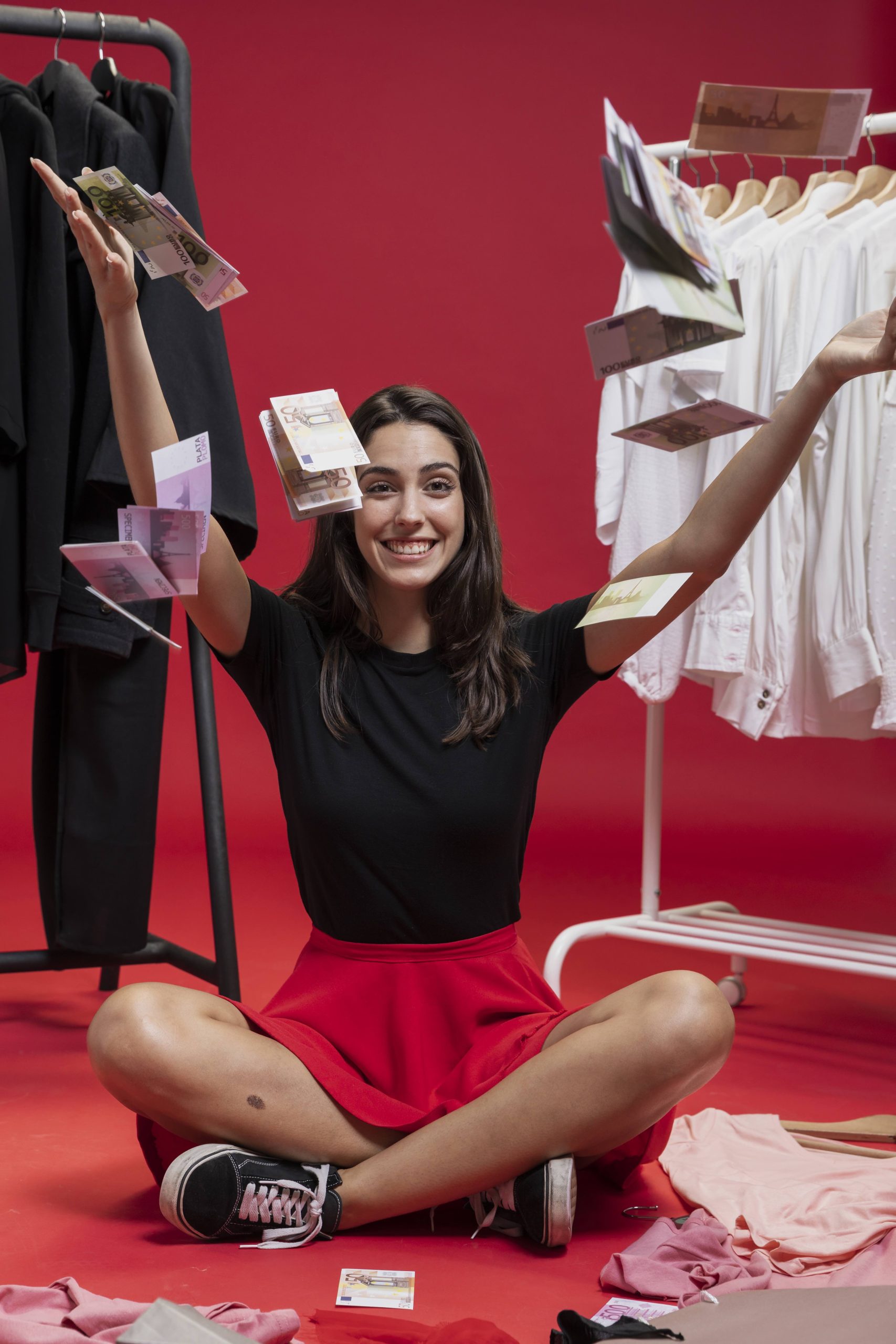
- Personalised Recommendations
Use AI-powered recommendation engines to suggest products based on customer browsing and purchase history. This creates a tailored shopping experience, driving conversions and improving customer satisfaction. - Chatbots for Customer Service
Implement AI chatbots on your website or social media to provide instant, 24/7 customer support, answer product queries, and guide users through the buying process. - AI-Powered Social Media Ads
Leverage AI to analyze user behavior and preferences, optimizing your social media ad campaigns. Platforms like Facebook and Instagram offer AI-driven tools that target the right audience with highly relevant content. - Visual Search Technology
Implement visual search features that allow customers to upload photos of items they like, and AI will suggest similar products from your store. This enhances the shopping experience and taps into the growing trend of image-based searches. - Predictive Analytics for Trend Forecasting
Use AI to analyze current fashion trends, predict future trends, and optimize your product inventory. This helps brands stay ahead of the curve and meet customer demand. - AI-Driven Content Creation
Automate content generation for blogs, social media, and email campaigns with AI. AI tools can create engaging posts, product descriptions, and email subject lines that resonate with your audience. - Voice Search Optimization
As voice search continues to rise, ensure your website is optimized for voice queries. AI tools can help you craft content that’s voice-search-friendly, improving visibility on platforms like Google Assistant and Siri. - Customer Sentiment Analysis
Utilize AI to analyze customer reviews, social media comments, and feedback to gauge sentiment. This helps fashion brands refine products and marketing strategies based on consumer opinions. - AI-Enhanced Visual Merchandising
Use AI to analyze store layouts, digital storefronts, and customer interactions to optimize product placement. This can improve both online and offline shopping experiences, boosting sales. - Automated Influencer Marketing
AI tools can help identify the right influencers for your brand by analyzing social media data, engagement metrics, and audience demographics. This ensures you’re working with influencers who will drive the best ROI.

Jasmeen Dugal is Associate Editor at FashionABC, contributing her insights on fashion, technology, and sustainability. She brings with herself more than two decades of editorial experience, working for national newspapers and luxury magazines in India.
Jasmeen Dugal has worked with exchange4media as a senior writer contributing articles on the country’s advertising and marketing movements, and then with Condenast India as Net Editor where she helmed Vogue India’s official website in terms of design, layout and daily content. Besides this, she is also an entrepreneur running her own luxury portal, Explosivefashion, which highlights the latest in luxury fashion and hospitality.


